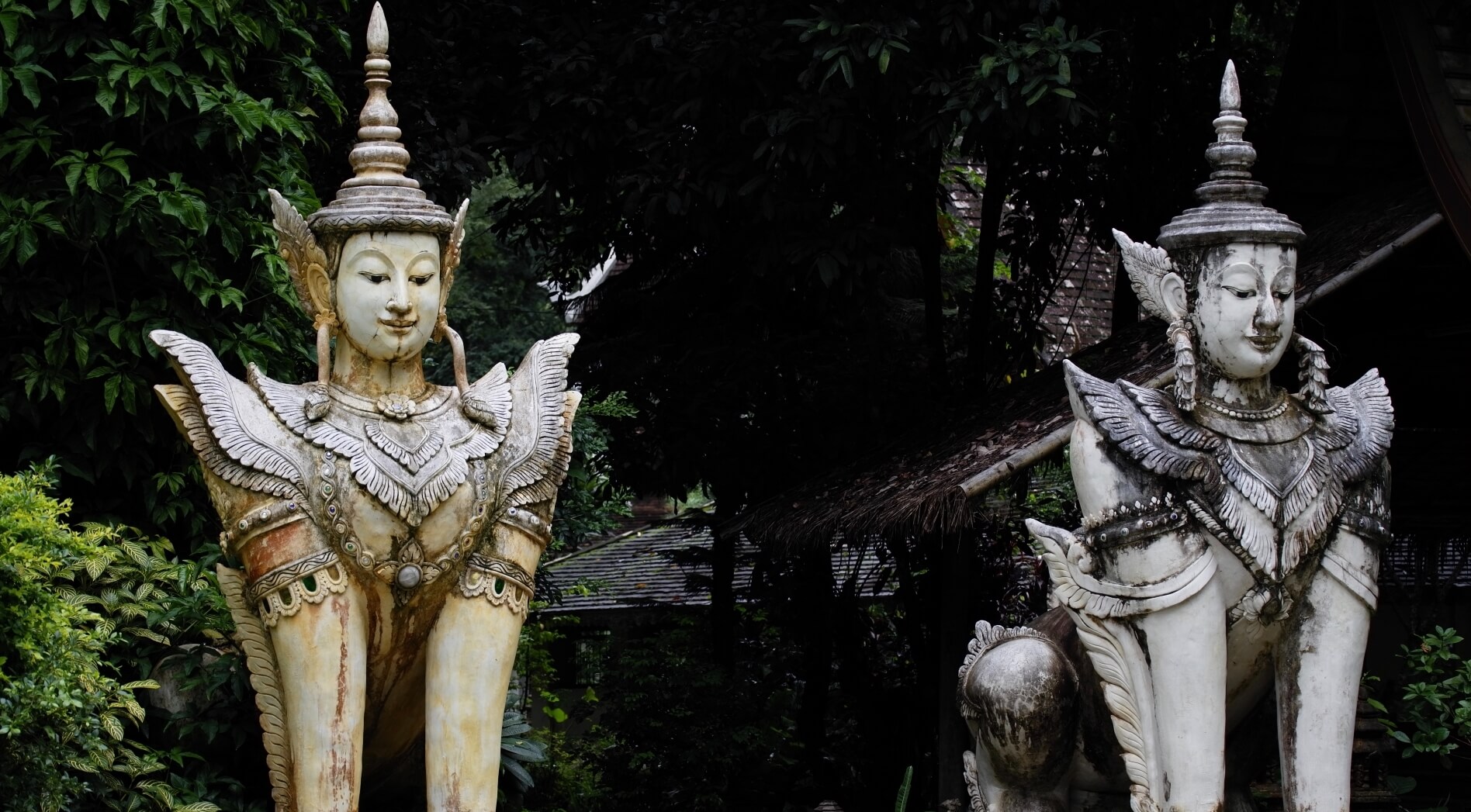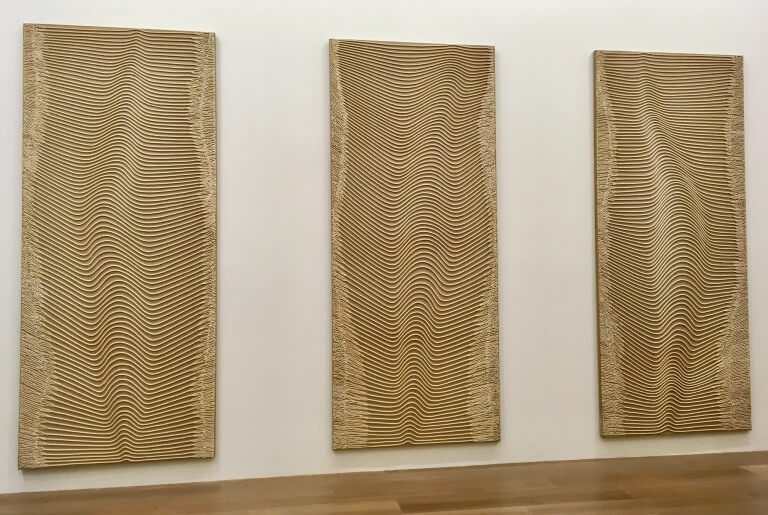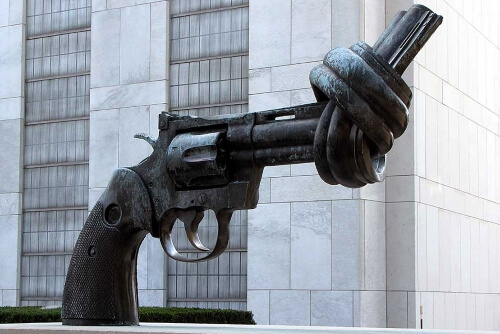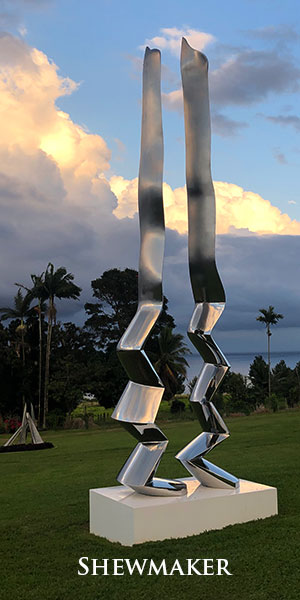Types of sculptures

Before we get into the classes of sculpture that you are likely to come across, let’s take a brief look at what sculpting entails:
What is a sculpture?
A sculpture, simply put, is a three-dimensional figure made with different materials and techniques to represent something that you would find naturally or something imaginary. Can you think of anything that fits this description?
Who is scultptor?
A sculptor is a creator, a person with a deep interest in the way things appear, their shape. They look at objects from a different point of view. Where one sees a thick trunk, they see the delicate form that could rise out of the tree, and that is what enables the best sculptors to excel in this art.
What are the types of Sculptures?
With the brief overview above, we can get down to what forms you are likely to see and what makes them unique.
Relief
Many people are familiar with this kind of sculpting, through seeing it or working on it. Typically, these forms come out of a flat surface, in a way that seems that the figures are emerging from the material used. They then project onto a three-dimensional space that is quite shallow. You will notice that in these figures, the background is not of importance and does not add or take away from the objects. It is thus possible to understand the relayed message by getting a view of the front. In this category, there are sub-categories as follows:

High Relief
The objects in the form emerge from the background in a dramatic way such that most of the figure lies on the outside. Thus, you get to have a comprehensive view of the sculpture and can, therefore, understand its formation as it is nearly in the round.
Bas Relief
Sometimes, people refer to this form of art as low relief. The difference between this and the high relief is that figures are at a low level such that they are not nearly in the round. Thus, most of the focus lies in the frontal view, from which you can understand the perspective of the artist. The raising is so slight that one can almost miss it, but also high enough to create a difference in levels.
Sunken Relief
You may come across this form of art going by other names such as intaglio or incised relief. With the two cases above, you will note that the figures come out from the background in a raised manner. In this form, the carving takes place below the surface. Thus the name sunken.
Carving
Carvers create art by chipping away at or cutting material to achieve the design that they have in mind. They thus require hard materials such as wood and stone which they can work on with ease, and they use chisels or other sharp tools in their creation. Given that carving involves taking away mass from the material in play, it sometimes gets referred to as a subtractive process. The impressive thing about this form is that most of the sculptures made in the past are as a result of its use.

Full Round Sculpting
This form also goes by the name free standing. It exists in a three-dimensional space and owing to this; you need to walk around the creation to see all its aspects. Unlike in relief where a frontal view will give you the idea behind the work, there is a lot more to see in this form. There are very many objects made using this sculpting, especially the ones made in honor of remarkable people in the society.
Modeling
In this form, the artist uses a soft material that is easy to work with such as plaster or wax and they slowly work on the object until they attain the desired design. The difference between this and carving is that here, the artist adds to the material, rather than take away from it. For this reason, it sometimes gets referred to as an additive process. Usually, the artist creates the form on top of another material which can lend the object some support, thus allowing it to maintain its shape.
Casting
In this process, the artist adds a pliable or liquid material into a mold and allows it to harden. The resultant object, known as a cast, takes the shape of the frame.
Site Specific Sculpting
This form of art also goes by the name installation sculpting, and it works in the transformation of spaces to pieces of art. It uses the materials on site to help with the blending of the art with the location, and you have to walk through the site to experience the art.





